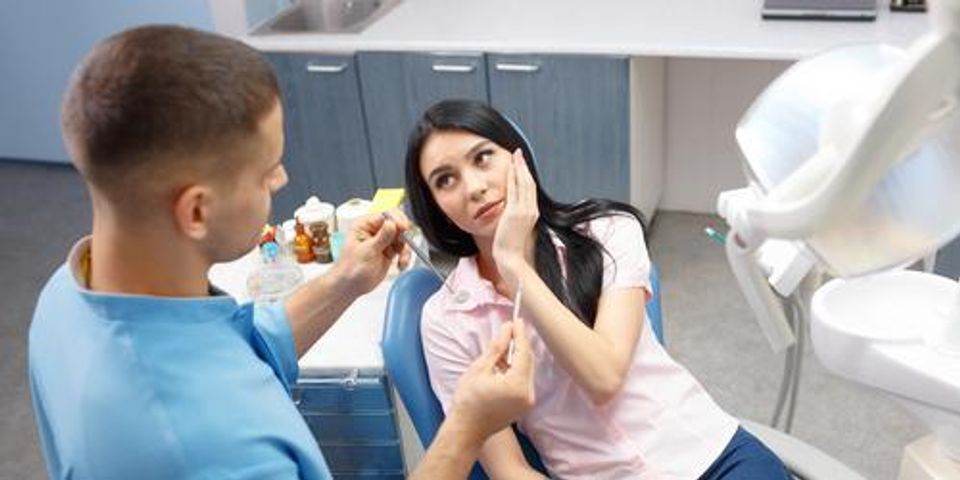What Should You Expect During and After Root Canal Therapy?

If you’ve never had a root canal, learning you need the treatment is often a cause for concern. But, thanks to the support of skilled professionals and advanced dentistry tools, root canal therapy may not be as painful or uncomfortable as you may think. Also, this treatment could help relieve serious dental pain as well as protect your tooth from further damage. To help explain how this common procedure works, North Bullitt Dental Care in Shepherdsville, KY, outlines the basic steps that take place during a root canal and what to expect during recovery.
What Happens During Root Canal Therapy?
The goal of root canal therapy is to remove infected dental pulp to preserve a tooth. The process follows three general steps: preparation, sterilization, and restoration.
Before the treatment begins, your doctor will inject an anesthetic into the gum tissue to numb any sensations during the therapy. Next, a dental dam is placed over the tooth to secure the treatment area.
To access the infected dental pulp, your dentist will drill a small hole into the top or backside of the tooth. Next, the infected material is removed, and the area is sterilized with a special solution.
 To keep the tooth strong, dentists must insert a special material — known as gutta-percha — into the treated area. This material will help preserve the structural integrity of the tooth and seal the roots to prevent future infection. Depending on how much of the original tooth is left, the drilled hole will be restored with a filling or dental crown.
To keep the tooth strong, dentists must insert a special material — known as gutta-percha — into the treated area. This material will help preserve the structural integrity of the tooth and seal the roots to prevent future infection. Depending on how much of the original tooth is left, the drilled hole will be restored with a filling or dental crown.
What Should You Expect from Root Canal Recovery?
Most patients can resume normal activities after a root canal but may feel minor tenderness in the treatment area for a few days after the procedure. Immediately after the procedure, individuals should use over-the-counter pain relief medications to soothe discomfort.
To keep from putting pressure on the area, it also helps to chew on the other side of the mouth. While the area may feel tender, it’s still important to gently brush and floss to keep the area clean and minimize infection risks.
A few weeks after your initial treatment, you should return to the dentist for a full check-up. This assessment will ensure the tooth is healing as it should and that no additional treatment is required. If you were fitted with a temporary crown, the permanent prosthetic might also be applied at this point.
When you think you may need root canal therapy, it’s critical to have an experienced dentist at your side. Fortunately, patients in Shepherdsville, KY, can discover top-notch treatment at North Bullitt Dental Care. Backed with the latest technologies, these friendly dentists can make treatment as seamless as possible and deliver lasting, reliable results to preserve your smile. For more information on their services, visit this family dentistry clinic online or call (502) 955-1606.
About the Business
Have a question? Ask the experts!
Send your question

